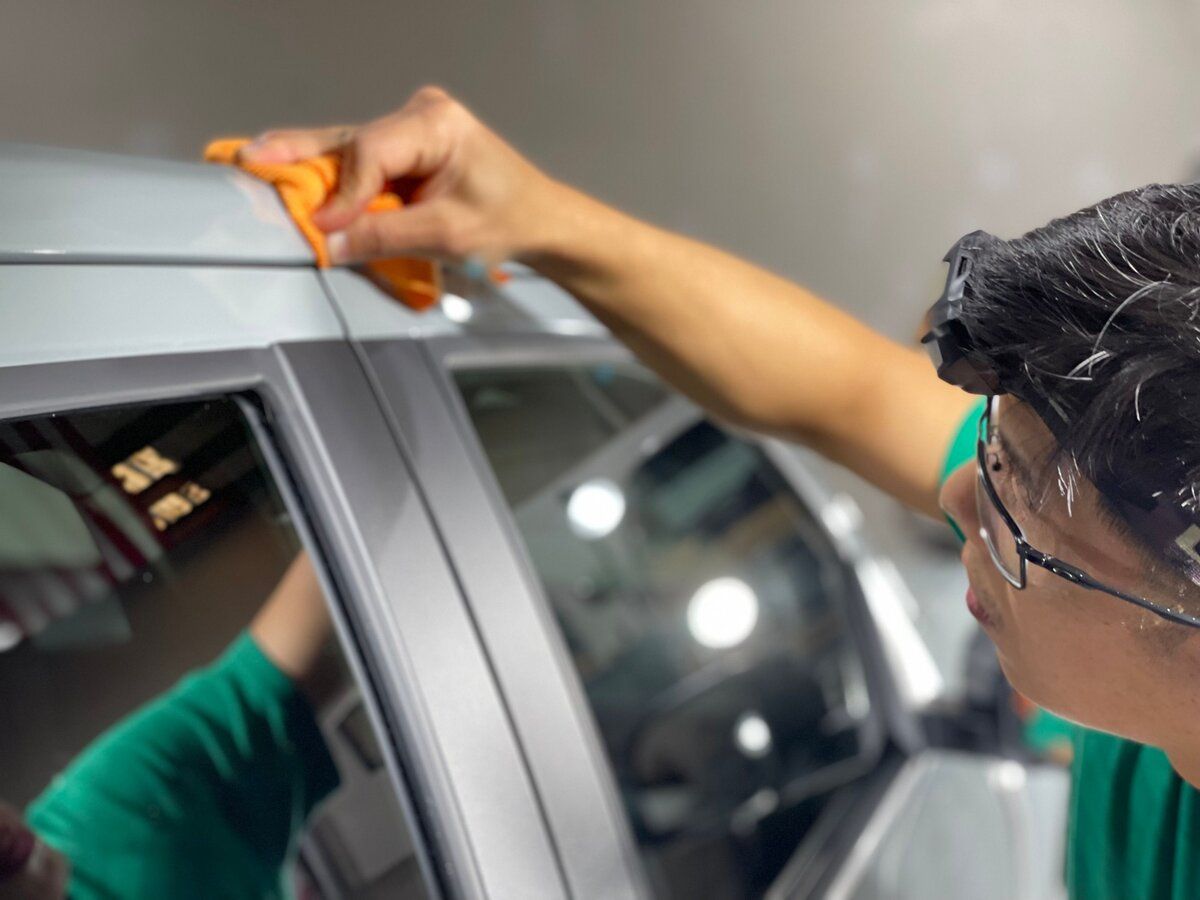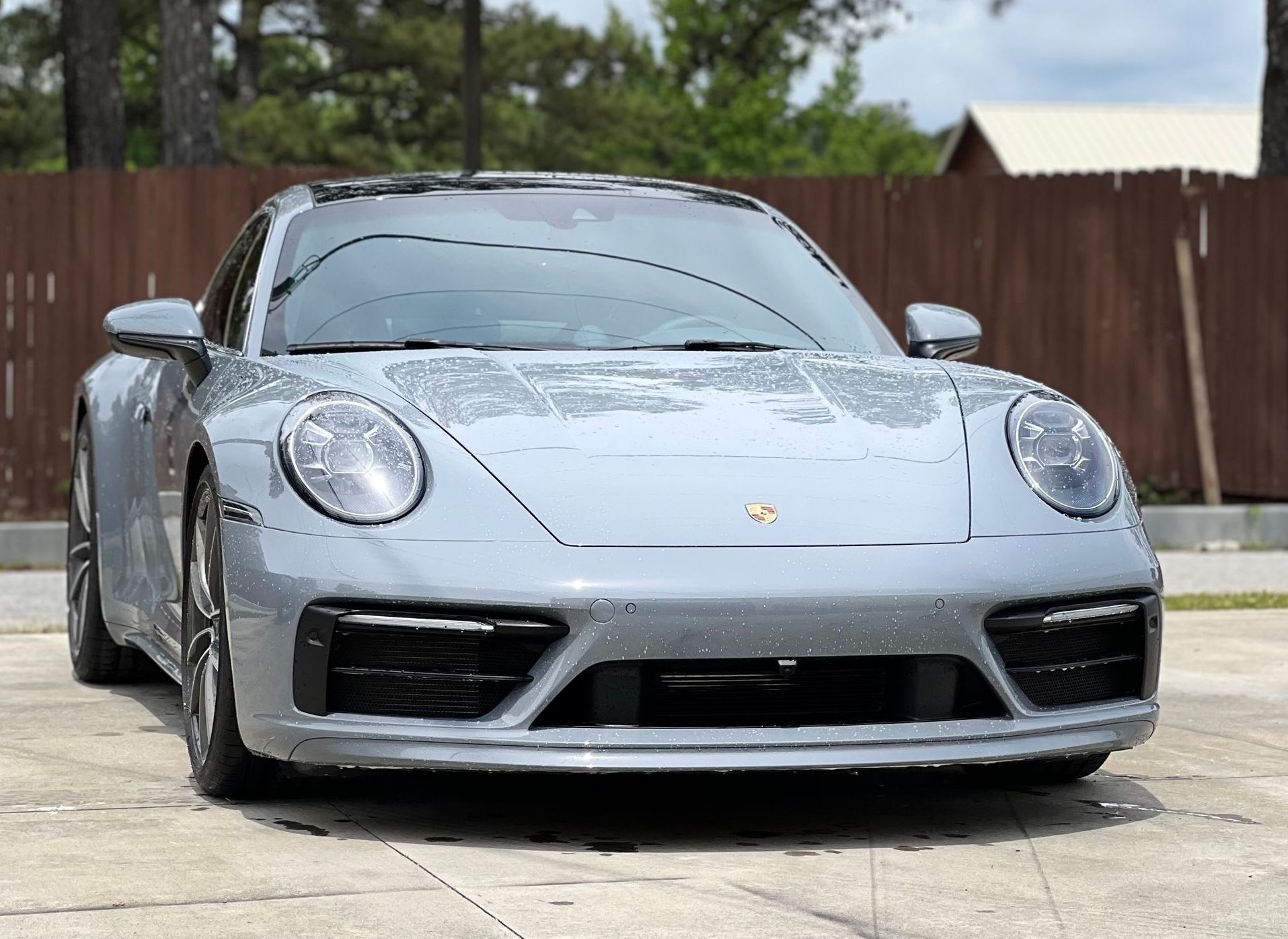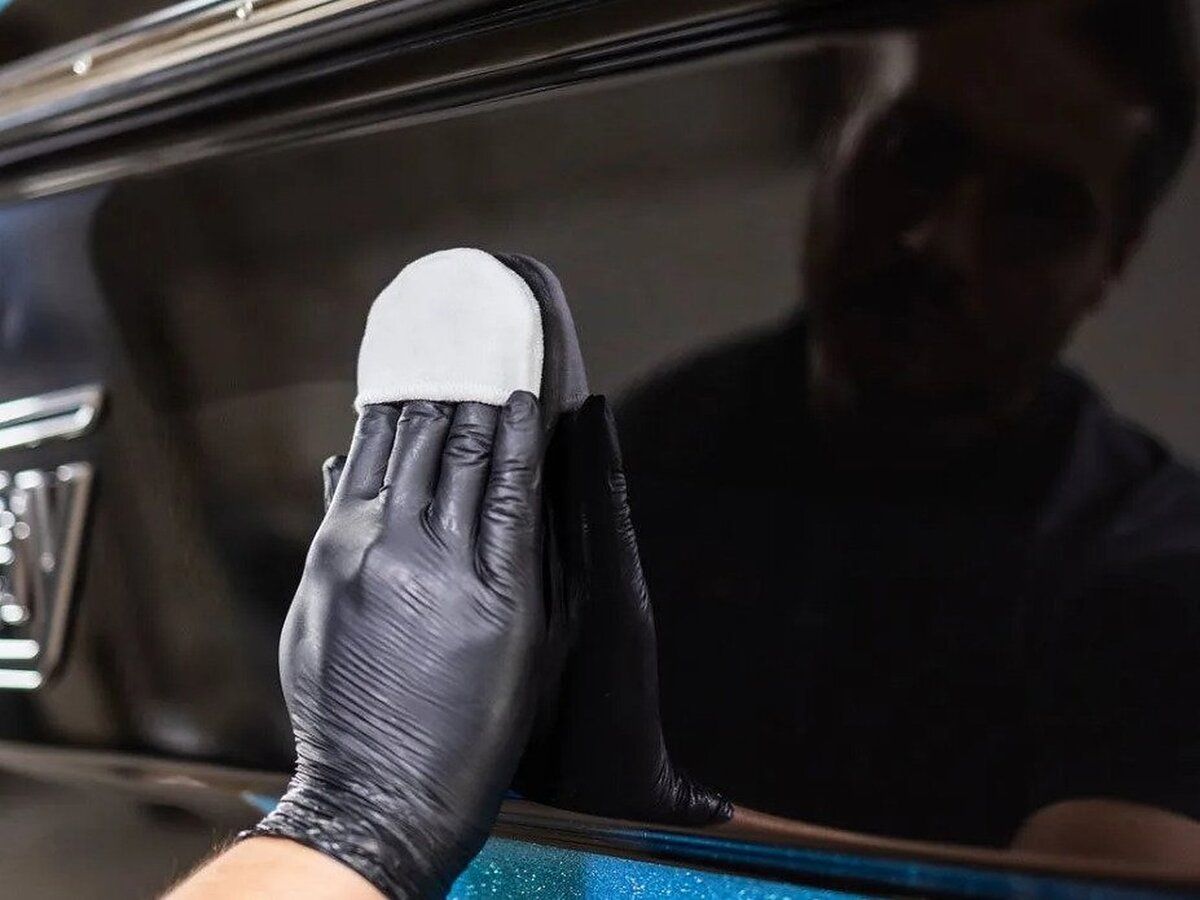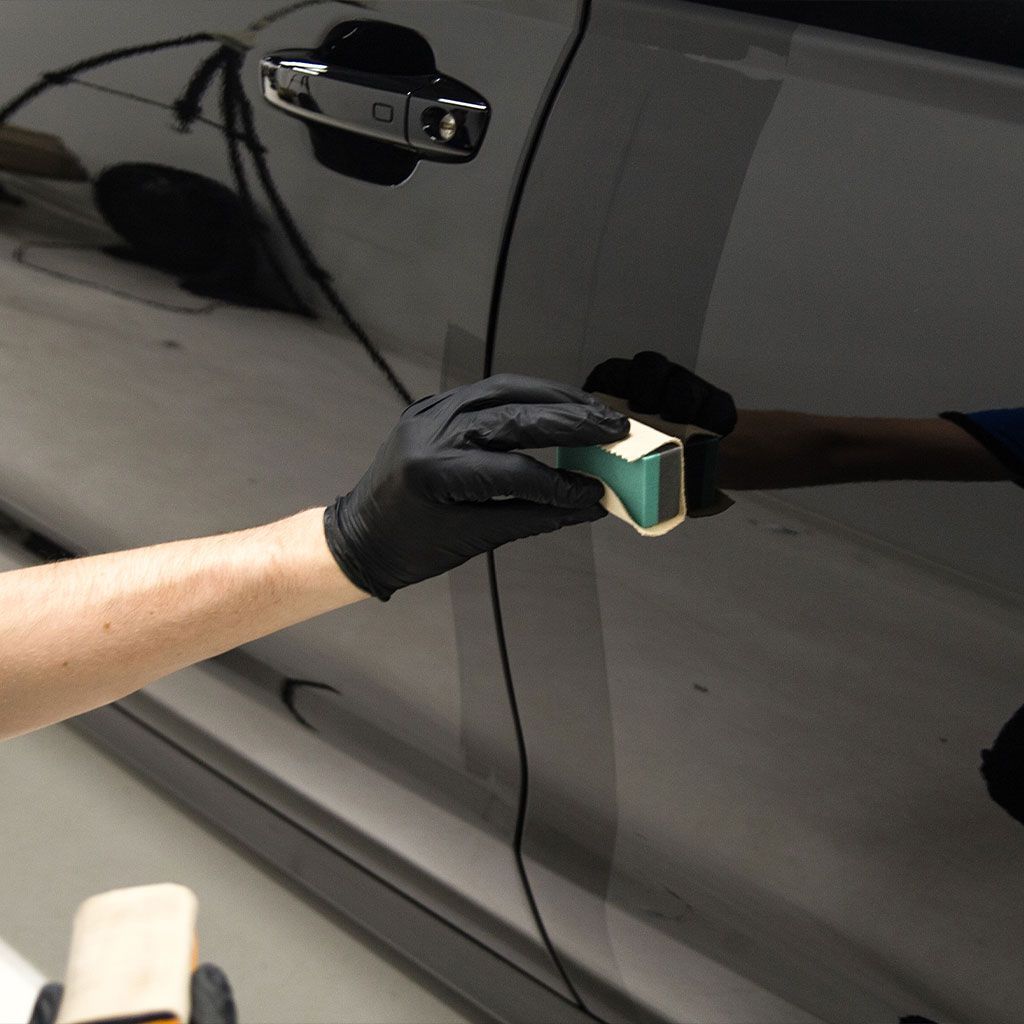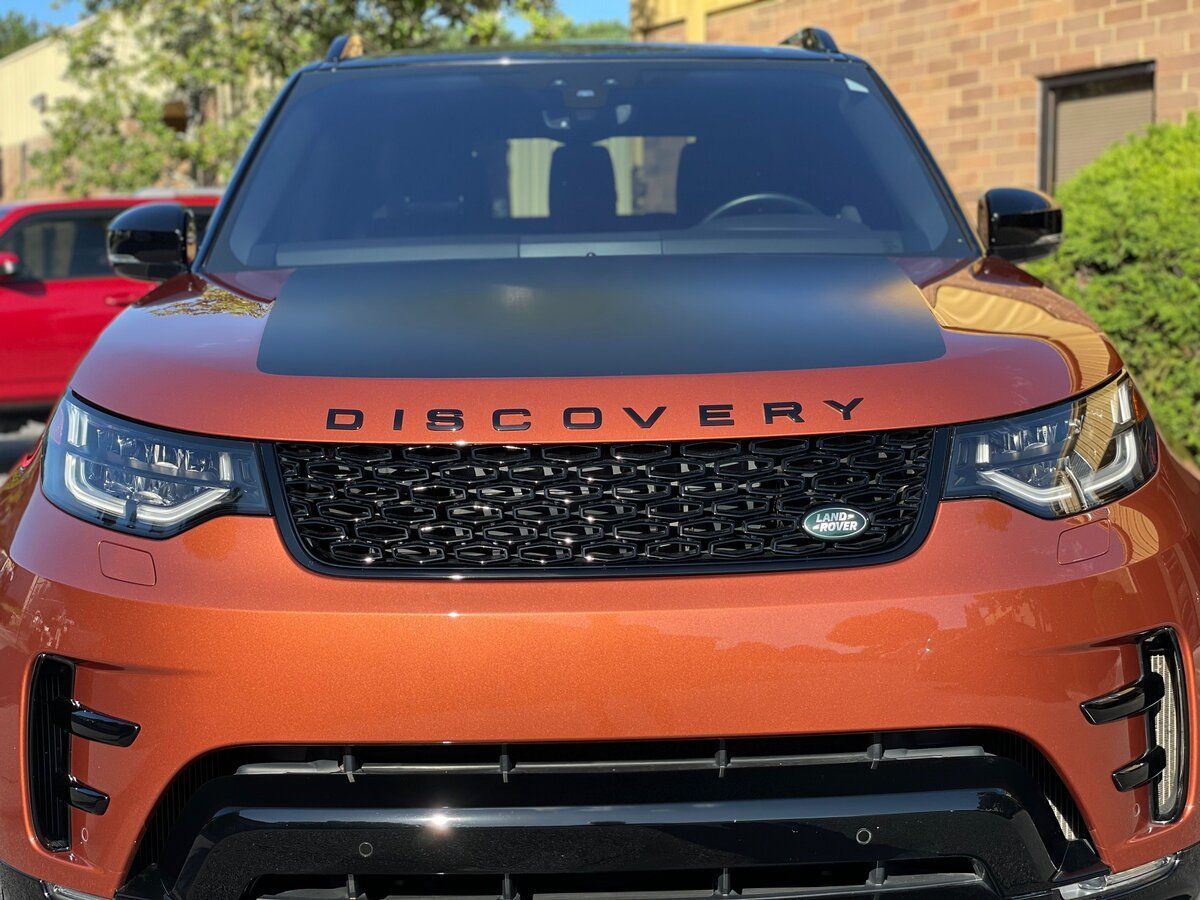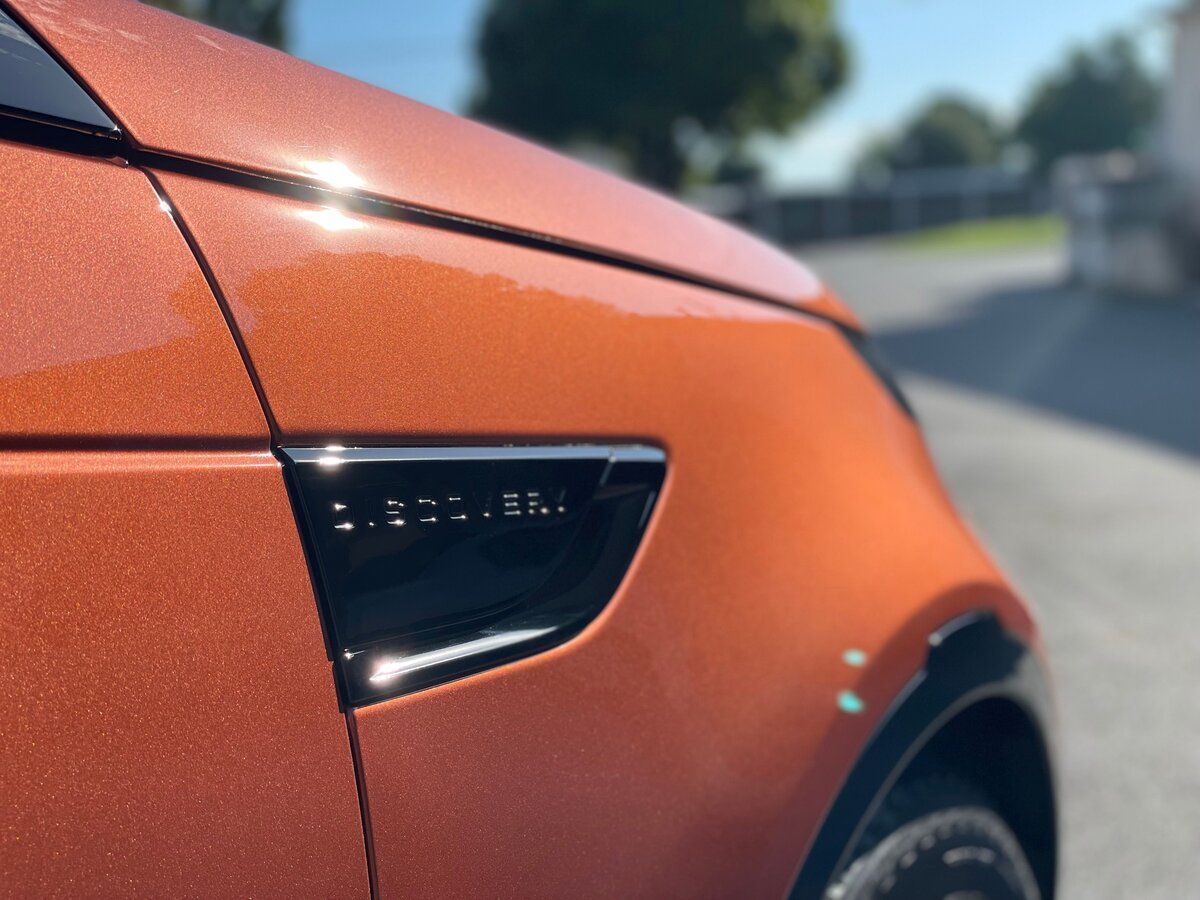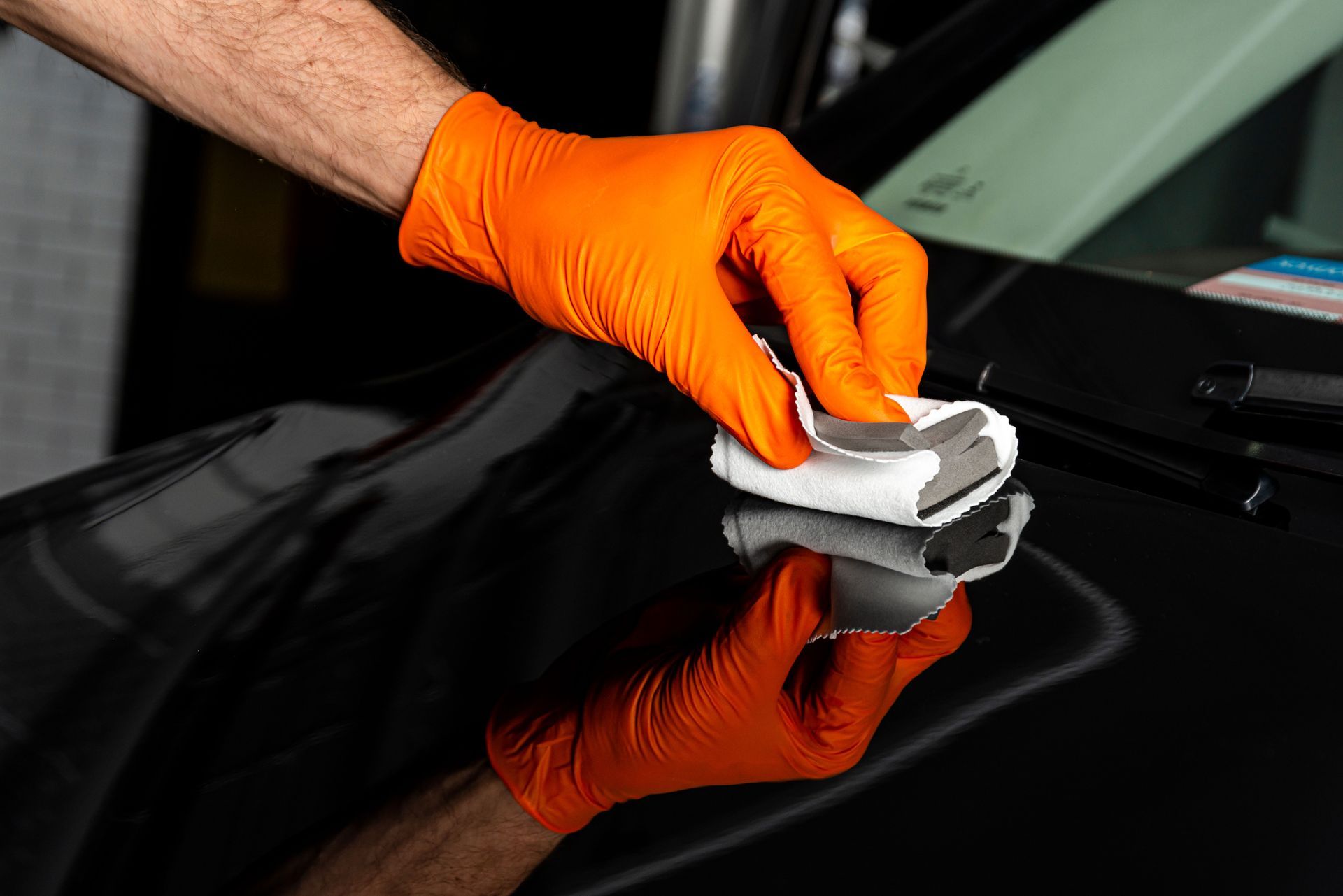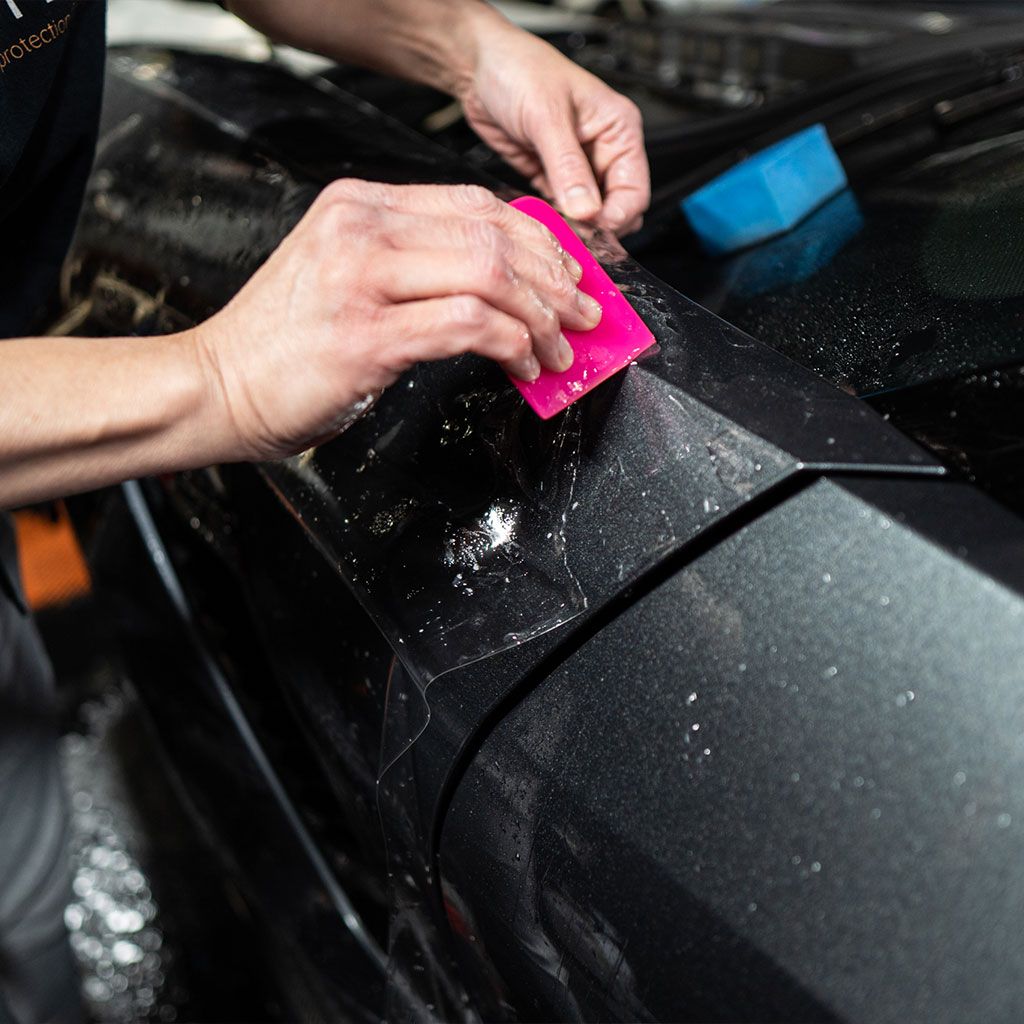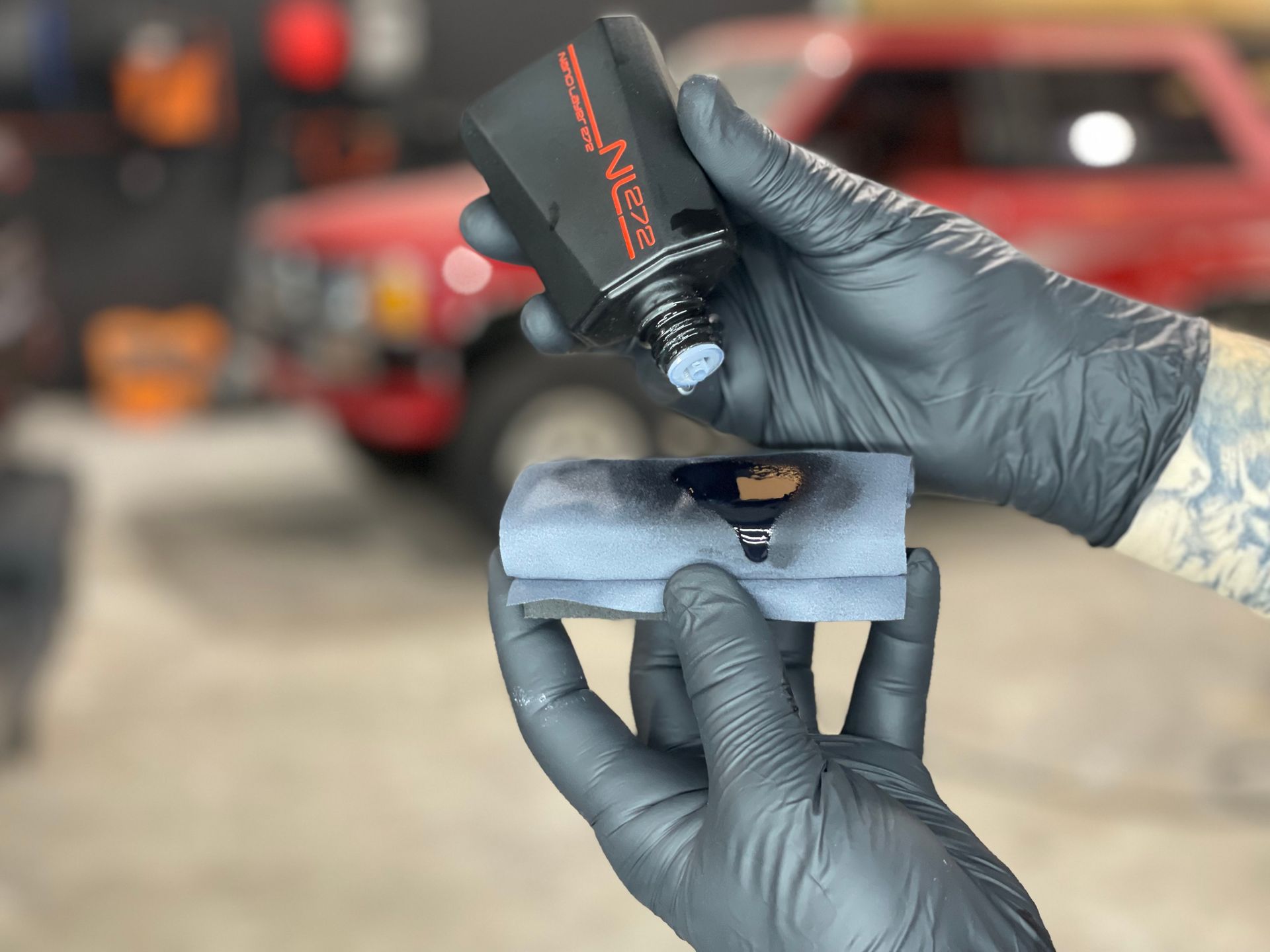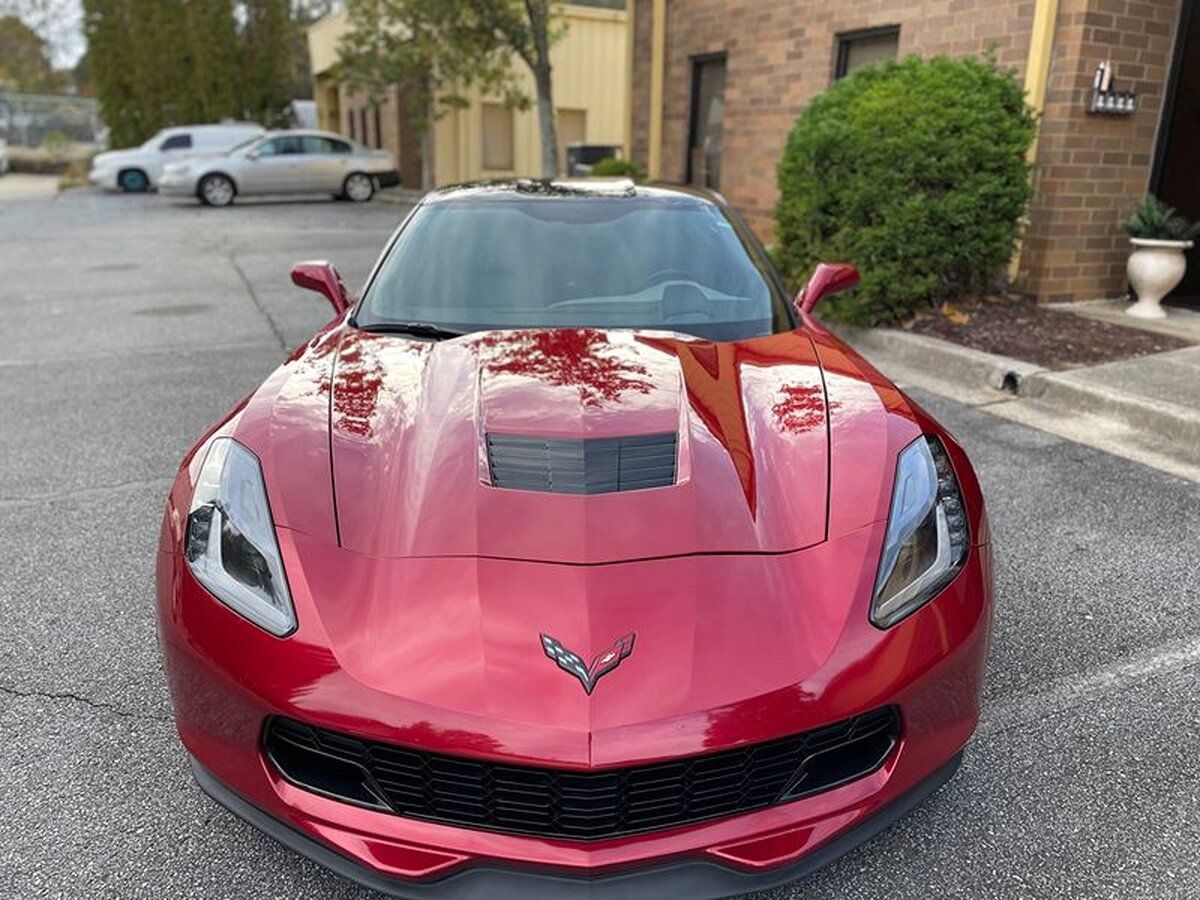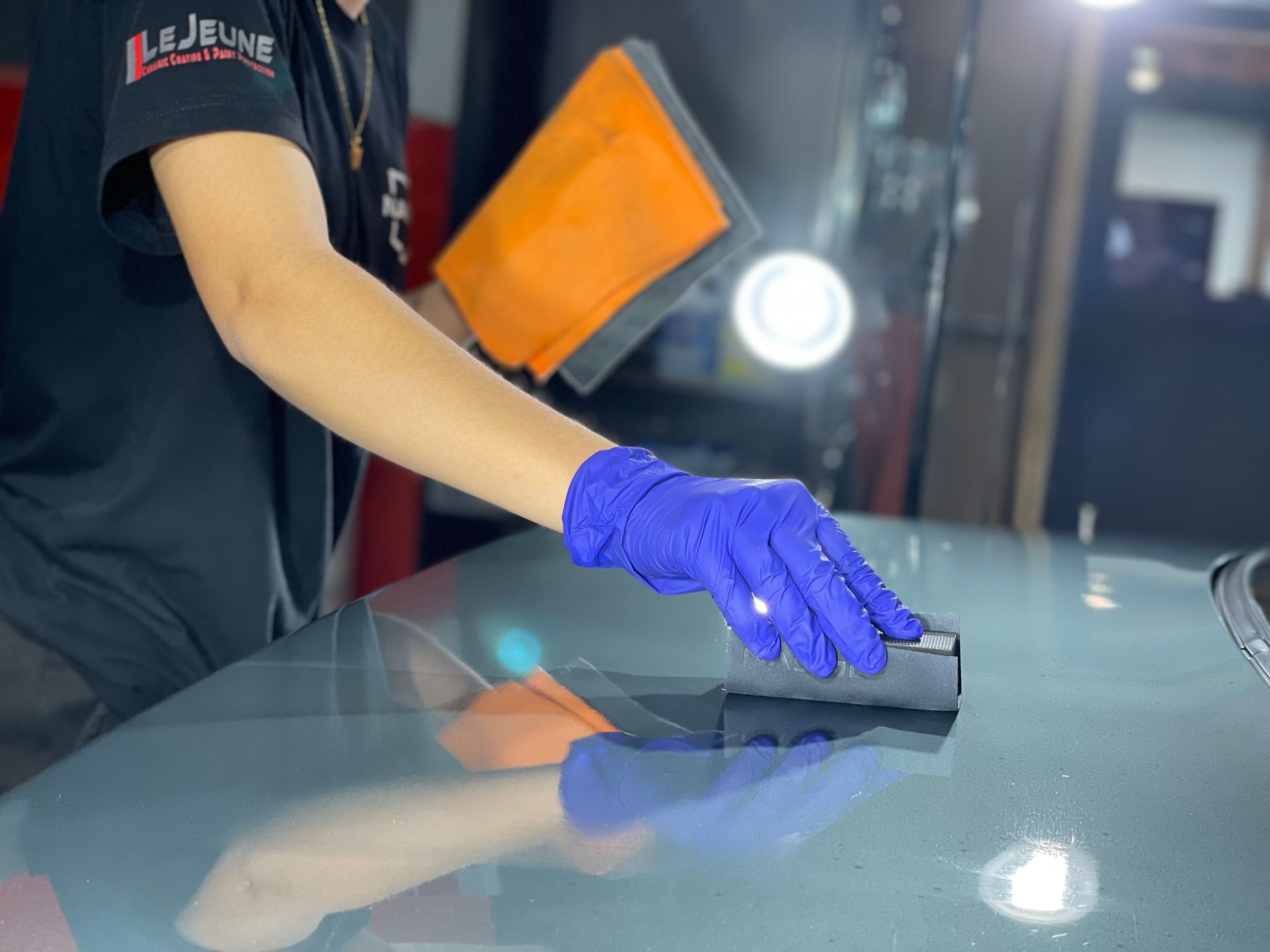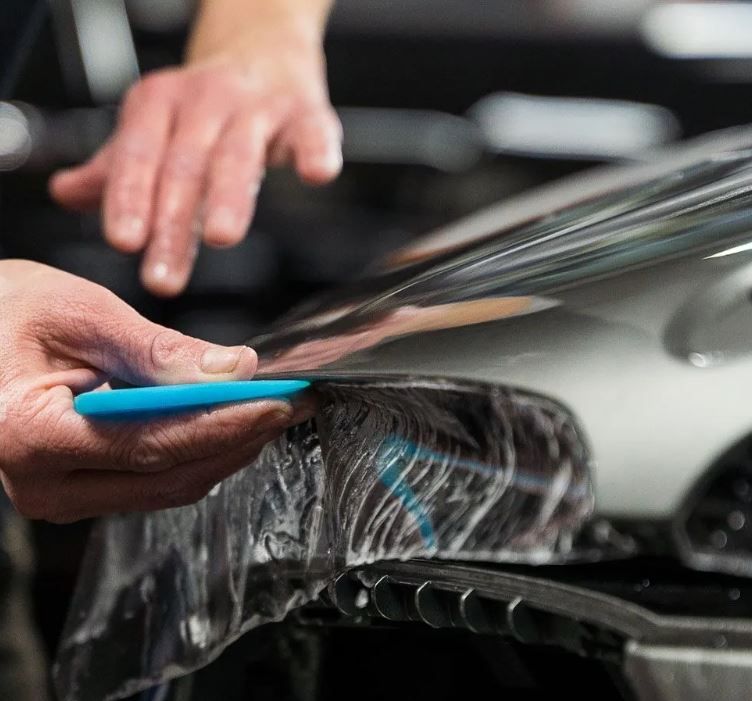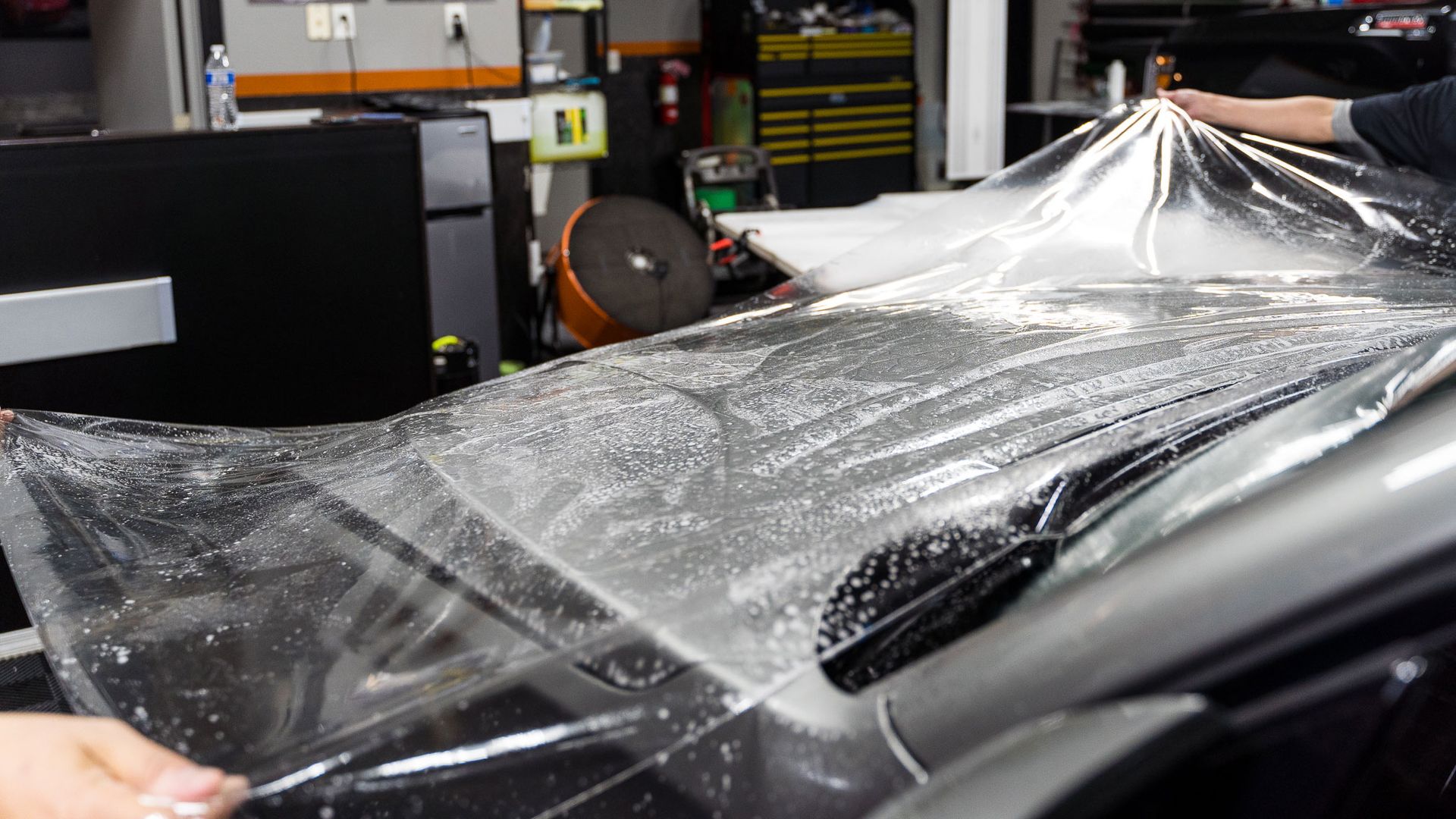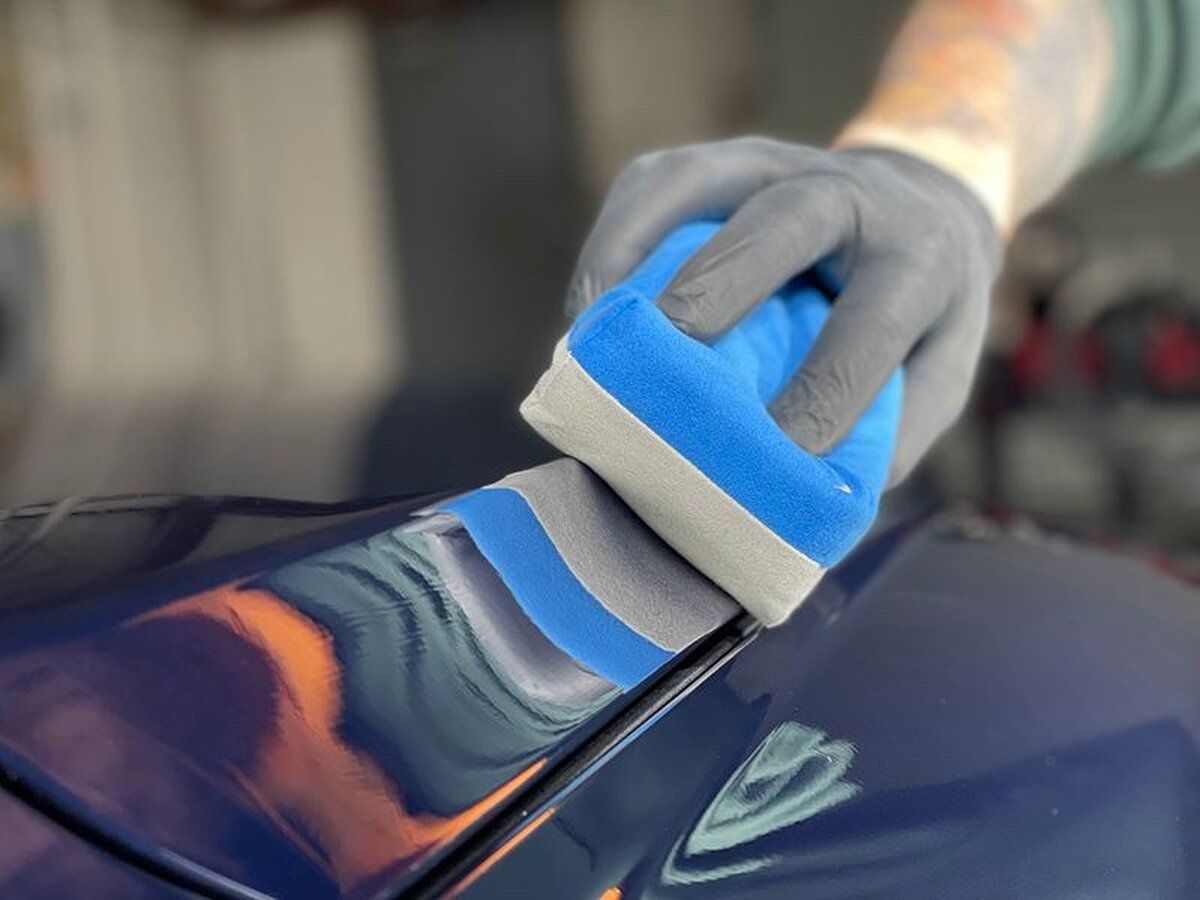Extreme Weather Protection: Benefits of Ceramic Coating for Your Vehicle
GET A QUOTECALL (770) 722-3486
Keeping your vehicle looking its best when facing extreme weather can feel like an endless battle. The scorching sun, pelting rain, and occasional hail could make anyone think twice about parking outdoors. But there's hope—ceramic coating might be the game changer you've been searching for. Let’s take a closer look at how this innovative approach works and why it's worth considering for your vehicle.
Ceramic coatings offer exceptional protection against extreme weather through their durable, hydrophobic properties that repel water, dirt, and contaminants, preventing damage from rain, snow, and UV rays. This technology helps maintain the vehicle's appearance by shielding it from elements like road salt and tree sap, which can cause corrosion and paint deterioration over time.
Ceramic Coating Technology Explained
Ceramic coatings utilize nanoparticle technology, an innovation that transforms how we protect our vehicles. These advanced coatings are composed of microscopic particles that are smaller than 100 nanometers. This allows them to seamlessly fill in even the tiniest imperfections in your vehicle's paint. Picture how high-quality sunscreen works by covering and protecting your skin from harmful rays; similar technology ensures that every nook and cranny of your vehicle gets a layer of protection. The end result is a smoother surface that enhances both appearance and resilience.
Durability and Resilience of Ceramic Coating
Unlike traditional waxes and sealants that wear off after several washes, ceramic coatings attach themselves chemically to the substrate of the vehicle’s paint. This bond forms a robust, durable shield that withstands naturally occurring elements much better than average protective products. In fact, this makes ceramic coatings an effective solution for protection against extreme weather conditions—whether it be blistering heat or freezing rain.
Benefits of Protection Against Extreme Weather
Ceramic coatings provide a cutting-edge solution for vehicle protection, delivering a wide range of benefits that go beyond just enhancing appearance. Here are benefits every vehicle owner should know:
- Extreme Weather Protection: Ceramic coatings offer robust protection against harsh weather conditions like intense summer heat or heavy winter rains. These coatings create a resilient barrier for your vehicle's paint, safeguarding it from damage. Imagine water beading and rolling off the surface during a rainstorm, ensuring your car stays protected.
- Comprehensive Defense: Ceramic coatings guard against harmful contaminants such as UV rays, acid rain, bird droppings, and tree sap. Prolonged exposure to sunlight can cause paint to fade and oxidize, but ceramic coatings prevent this deterioration. Unlike traditional waxes, ceramics offer long-lasting protection, preserving your vehicle’s appearance.
- Hydrophobic Qualities: The hydrophobic nature of ceramic coatings means water beads up and rolls off the surface easily. This helps keep your car cleaner for longer, enhancing its aesthetic appeal. It also simplifies maintenance, allowing you to rinse away dirt and grime without strenuous scrubbing.
- Reduced Water Spot Formation: Ceramic coatings help minimize the formation of water spots, which are often caused by minerals in water. The hydrophobic properties of the coating prevent water from sitting on the surface, reducing the risk of unsightly marks. This ensures your car maintains a bright, pristine appearance after rain or washing.
- Moisture and UV Protection:
Ceramic coatings provide both moisture-related and UV protection, shielding your vehicle from damaging elements. The coatings block moisture from penetrating the paint and prevent harmful UV rays from causing oxidation. This dual protection enhances the longevity of your car’s finish and appearance.
Shielding from Heat and UV Damage
Extreme heat and damaging UV rays can have catastrophic effects on your car’s exterior, leading to discoloration and deterioration over time. One of the most significant advantages of ceramic coatings is their ability to provide robust heat resistance, which is particularly beneficial in hotter climates. When temperatures rise, it's easy for a vehicle's paint to suffer, with potential risks like blistering or fading posed by constant exposure. Ceramic coatings help mitigate these effects remarkably well because they are designed to absorb and disperse heat more effectively than traditional paint protection methods. This means that while your car sits under the blazing sun, the coating works to keep the surface cooler, thus maintaining the integrity of the paint job.
In addition to tackling the heat, another crucial aspect of ceramic coatings lies in their impressive UV protection capabilities. Research highlights a troubling reality: left unprotected, a car's paint job can fade by as much as 50% in just five years due to constant exposure to harmful UV radiation. However, ceramic coatings act as a formidable barrier, blocking up to 99% of these damaging rays. By effectively preventing UV radiation from penetrating the surface, these coatings dramatically extend the life of a vehicle's paint and ensure it looks pristine for far longer than it otherwise would. Imagine walking up to your car after several years under the sun; you expect it to gleam like new instead of appearing dull and lifeless. With ceramic coatings, this scenario becomes a tangible reality.
Investing in such protective measures isn’t merely about aesthetics; it’s about preserving value and ensuring long-lasting vibrancy in every facet of your vehicle’s appearance. Over time, this means fewer frequent paint jobs and ultimately lower maintenance costs.
Water Resistance and Rain Protection
One of the remarkable aspects you’ll find with ceramic coatings is their hydrophobic properties. These coatings create a slick surface that repels water, ensuring that when it rains, the liquid doesn't stay stagnant on the paint but instead beads up and rolls off effortlessly. This phenomenon can be likened to how a duck's feathers repel water, which keeps the bird dry. When raindrops hit the surface of a well-maintained vehicle, they form into perfect little beads that glide away, effectively dislodging dirt and grime in the process. The implication of this is significant: a clean car is more than just aesthetically pleasing; it minimizes the buildup of contaminants that could scratch or degrade the paint over time.
When water beads up on your vehicle after applying ceramic coating, it creates a barrier against dirt accumulating in hard-to-reach areas, like crevices or around trim pieces. The beading effect means less frequent washes as rain takes care of some of that for you. However, this doesn't mean you can entirely skip out on maintenance. Instead, think of it as an assistive measure—rain helps keep your car cleaner than without such protection. This water sheeting characteristic allows for quick drying post-rain; you won't be left with swirly water stains or streaks. Instead, as rainwater sheets off, it leaves behind little-to-no residue.
It's essential to consider other environmental factors that negatively affect your vehicle's finish—acid rain being one of them. This type of precipitation harbors pollutants and harmful chemicals that can eat through layers of clear coat and paint if left unchecked. Ceramic coatings act as a robust barrier, preventing these destructive elements from penetrating into your vehicle’s surface. By investing in ceramic coating, you're not just enhancing your car's immediate visual appeal; you're also fortifying it against future degradation. For those living in areas prone to heavy rain or pollution, regularly applying ceramic coating should be part of your vehicle maintenance routine. Not only does it extend the life of your paint job, but it also reduces long-term cleaning efforts and costs associated with fixing paint damage caused by corrosive substances like acid rain.
Professional Ceramic Coating vs. DIY Application
The effectiveness of a ceramic coating hinges on how well it is applied. While it might sound straightforward, there’s actually a significant amount of precision and care that goes into the process. In deciding between professional and DIY applications, it's vital to consider not just cost but also results. Professional application typically yields better longevity and protection, thanks to advanced tools and techniques employed by skilled technicians. With costs ranging from $500 to $1500, it’s an investment worth considering if you want to ensure your vehicle gets the best possible treatment.
On the other hand, DIY kits are budget-friendly and can be found for under $100; however, they may not deliver the same level of durability as professional applications. It’s crucial to assess your own comfort level with home projects. If you're equipped with patience and attention to detail, you may have success with a DIY kit—but know that the outcome may not be as robust. For maximum durability, seeking professional application is highly recommended given their expertise and superior results.
Step-by-Step Professional Application
The professional application process unfolds in several meticulous stages:
- Surface Preparation: The next stage involves thorough cleaning of the vehicle's surface. This step cannot be overstated; any dust, grease, or residue could prevent the coating from adhering properly. Surface preparation often includes washing, clay barring (to remove contaminants), and polishing.
- Paint Correction: This is where any imperfections in the paint are addressed. Scratches, swirls, or oxidation can diminish the final result if left uncorrected. A trained technician uses specialized tools to buff out these flaws before proceeding. Before proceeding to applying the ceramic coating, the surface is wiped down to remove any oils, waxes, or silicones.
- Application: In a controlled environment—where temperature and humidity are monitored—the ceramic coating is carefully applied using specific techniques that ensure even coverage. Professionals have access to proprietary spraying equipment that enhances the performance of the product.
- Curing: Finally, curing the coating under optimal conditions (usually away from moisture and debris) is crucial for developing the desired hardness. The curing process can take several hours and may involve avoiding wet conditions for a couple of days after application.
Each of these steps is essential for ensuring that your ceramic coating withstands extreme weather conditions while maintaining its protective qualities over time. With this understanding of the meticulous application process, it's clear how these choices play into longer-term benefits for vehicle upkeep and performance.
Long-Term Investment Advantages
While it might be tempting to view the cost of ceramic coating as an upfront expenditure, it's crucial to frame it as a strategic long-term investment in your vehicle's upkeep. This protective layer not only enhances the aesthetic appeal of your car but also delivers impressive financial returns over time.
- Cost vs. Value: Let’s dig into the numbers; most professional ceramic coating applications range between $500 and $1500. While this may sound substantial at first glance, keep in mind that vehicles treated with ceramic coatings require significantly less frequent detailing and maintenance. In fact, many users report saving hundreds of dollars annually on car care routines simply by opting for this advanced protection. Regular maintenance on traditional paint finishes often leads to recurring expenses, from waxing products to multiple trips to the car wash every month, typically costing far more than just the initial application cost of a ceramic coating.
- Resale Value: A common argument against investing in ceramic coatings is that their presence doesn’t substantially impact resale value. However, let’s consider the opposite perspective: maintaining an impeccable vehicle exterior with a flawless paint job undeniably makes it more appealing to potential buyers. A shiny, well-kept vehicle tends to catch the eye and spark interest much faster than others on the lot. Whether you’re trading in or selling privately, an attractive appearance generally translates to higher offers. Numerous dealerships have shared firsthand accounts of noticing quicker sales at elevated prices for vehicles protected with ceramic coatings.
The benefits of ceramic coating extend far beyond its initial application—it encompasses your daily interactions with your vehicle and ultimately contributes to its future value. By providing robust protection against environmental hazards while minimizing maintenance effort, you're effectively amplifying what a quality car experience should be about: convenience paired with durability. In essence, choosing ceramic coating is an investment that pays dividends in both time and money while safeguarding your vehicle for years ahead. By ensuring the longevity of your car’s exterior, you enhance both its usability and market appeal.
High-Quality Ceramic Coating Service in Marietta, GA
Protect your vehicle with LeJeune Ceramic Coating & Paint Protection’s
high-quality ceramic coating service in Marietta, GA. Our advanced coatings provide long-lasting protection against environmental hazards, including UV rays, dirt, and harsh weather, ensuring your car stays in pristine condition. With expert application and a focus on preserving your car’s appearance, you’ll enjoy a brilliant shine and easier maintenance for years to come. Contact LeJeune Ceramic Coating & Paint Protection today to schedule your ceramic coating service and give your vehicle the ultimate defense against the elements. Call us at (770) 722-3486 to get started!
